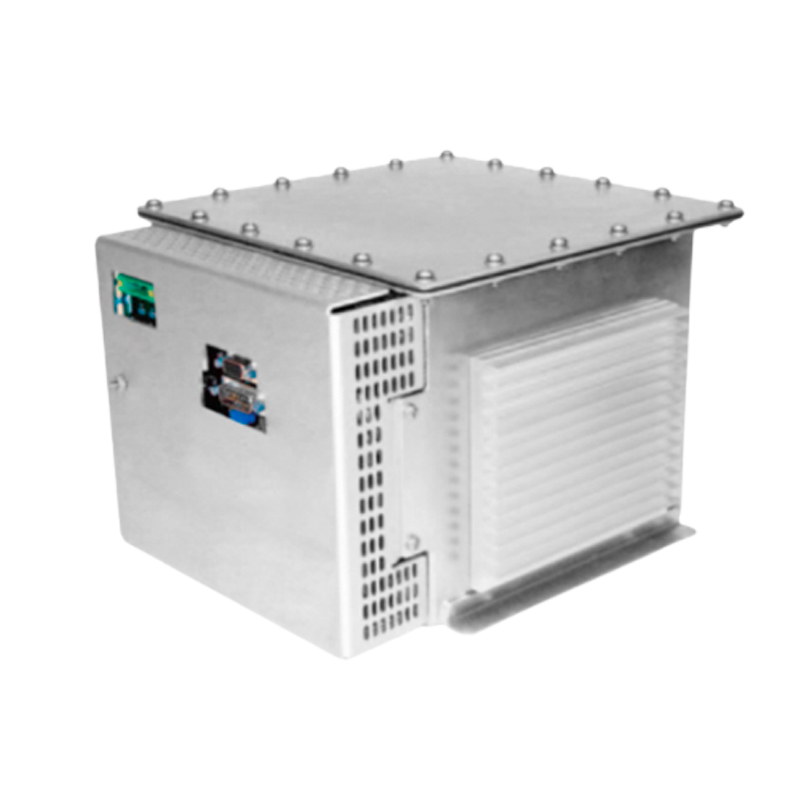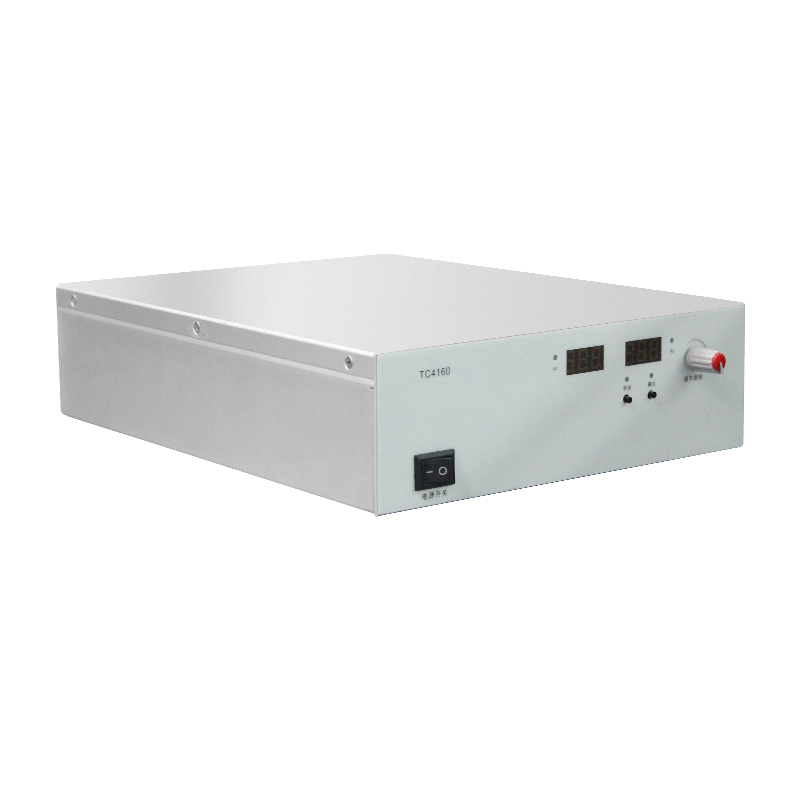Technical Analysis of High-Voltage Power Supply Adaptation for Bone Densitometers
1. Introduction
As a core medical device for diagnosing osteoporosis, bone densitometers achieve precise measurement of bone mineral density through X-ray imaging or ultrasonic technology. The X-ray tube, a key component of the device, imposes stringent requirements on the high-voltage power supply. The adaptability of the power supply directly determines the imaging quality and detection accuracy of the instrument. This article explores the key technical approaches for high-voltage power supply adaptation based on the specific needs of bone densitometers.
2. Special Requirements of High-Voltage Power Supplies for Bone Densitometers
The imaging principle of bone densitometers relies on the stability and energy consistency of X-rays, thus posing three core requirements for high-voltage power supplies. First, the voltage ripple must be controlled at an extremely low level, typically requiring a ripple coefficient of less than 0.1% to avoid image artifacts caused by fluctuations in X-ray energy. Second, the dynamic response speed needs to reach the millisecond level to meet the device's requirement for rapid switching of exposure parameters. Third, electromagnetic compatibility (EMC) must meet the standards to prevent electromagnetic interference generated by the power supply from affecting the accuracy of detection signals.
3. Adaptation Technical Solutions
(1) Topological Structure Optimization
Traditional hard-switching power supply topologies are difficult to meet the requirements due to high switching losses and significant ripples. Soft-switching technologies are required. The phase-shifted full-bridge zero-voltage switching (ZVS) topology is an ideal choice. It achieves zero-voltage turn-on and turn-off of switching tubes through a resonant circuit, reducing switching losses by more than 60%. Coupled with multi-stage LC filter circuits, the output voltage ripple can be suppressed within ±50mV. In addition, the modular design endows the power supply with redundancy capabilities, ensuring basic functionality even when a single module fails and maintaining the continuity of clinical testing.
(2) High-Precision Control Strategies
To achieve high-precision voltage output, a dual closed-loop control system needs to be constructed. The voltage outer loop employs an adaptive fuzzy PID algorithm, dynamically adjusting control parameters according to load changes and increasing the response speed by 30%. The current inner loop introduces sliding mode variable structure control, limiting current fluctuations within ±0.5%. Combined with feedforward compensation technology, it can quickly compensate for sudden load changes during exposure, ensuring a stable energy supply to the X-ray tube and enhancing the image signal-to-noise ratio.
(3) Enhanced Electromagnetic Compatibility Design
Regarding electromagnetic interference issues, suppression measures are taken from both conducted and radiated aspects. Common-mode/differential-mode filters are installed on the power input side. With optimized metal shielding enclosures and grounding designs, conducted interference is reduced by more than 40dB. The interleaved parallel technology is used to disperse the current at switching nodes, reducing high-frequency harmonic radiation. Meanwhile, impedance matching designs are applied to the internal wiring of the power supply to avoid interference caused by signal reflections, ensuring that the detection signals of the bone densitometer are not affected by power supply noise.
4. Performance Verification and Application Effects
Through actual testing, the optimized high-voltage power supply, under a 120kV output condition, reduces the ripple coefficient to 0.08%, meeting the requirements of international medical device standards. In the dynamic response test, the transition time from no-load to full-load is only 8ms, effectively supporting the bone densitometer's rapid switching of detection modes. Clinical applications show that after adapting the power supply, the device's image resolution increases by 25%, and the detection error rate drops to 1.2%, significantly improving the accuracy and reliability of osteoporosis diagnosis.
5. Conclusion
The adaptation of high-voltage power supplies for bone densitometers requires comprehensive optimization of multiple technical dimensions, including topological structure, control strategies, and electromagnetic compatibility. By reducing ripples through soft-switching topologies, improving precision with dual closed-loop control, and eliminating interference via electromagnetic compatibility designs, a high-performance power supply system meeting medical-grade application requirements can be constructed, providing technical support for the precision development of bone density detection. In the future, with the intelligent upgrading of medical devices, high-voltage power supply adaptation technology will continue to evolve towards higher integration and stronger stability.




















